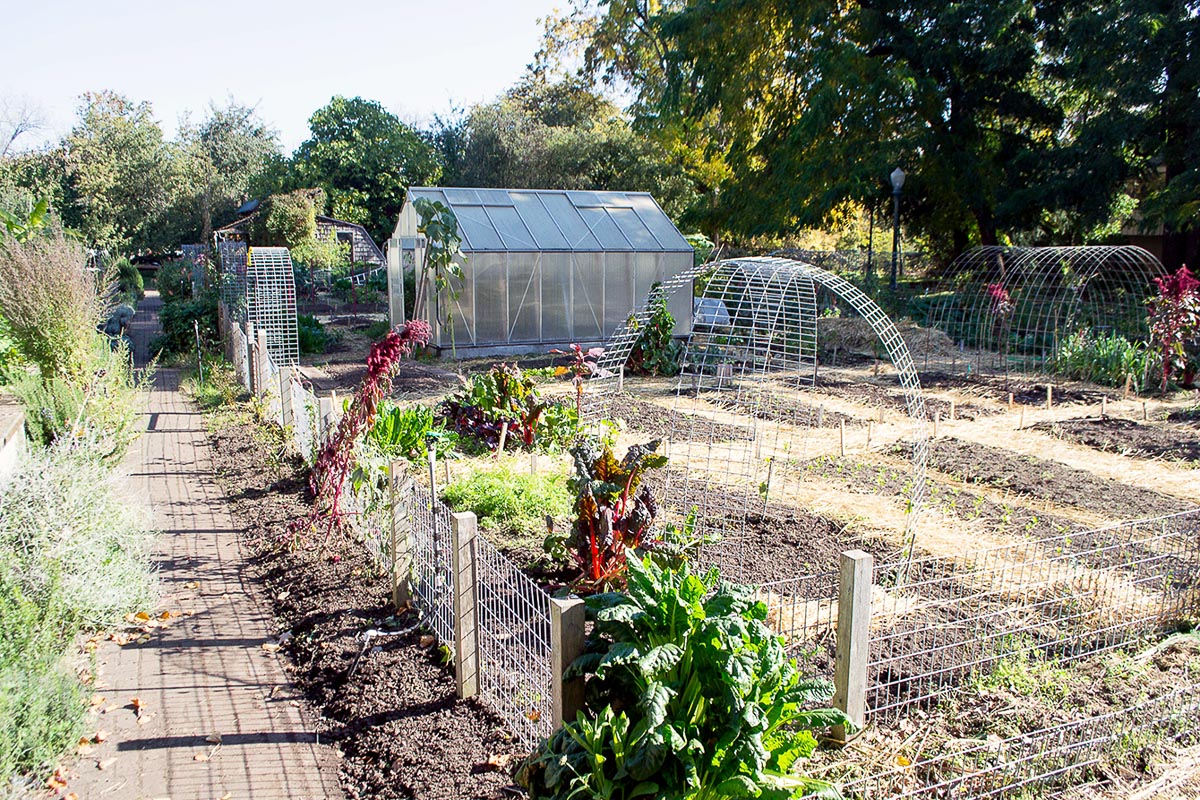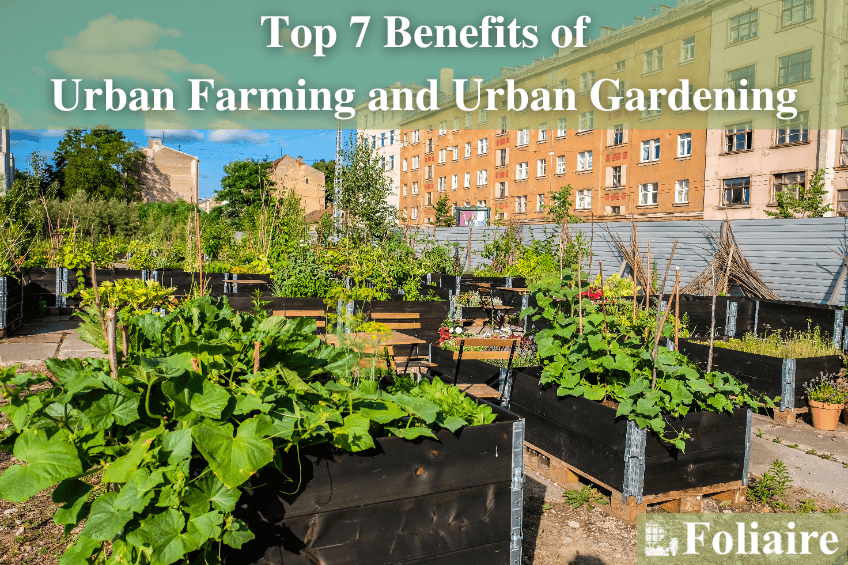3 Easy Facts About City Blooming Described
3 Easy Facts About City Blooming Described
Blog Article
Some Known Details About City Blooming
Table of ContentsThe Basic Principles Of City Blooming The Greatest Guide To City BloomingCity Blooming Can Be Fun For EveryoneThe Ultimate Guide To City BloomingSome Ideas on City Blooming You Need To Know
Intrigued in expanding food available for sale in the City of Chicago? Considering starting an area yard? Changes to the Chicago Zoning Regulation enable farming uses like community gardens and urban farms in many parts of the city. Below is a list of frequently asked concerns regarding the regulations and laws that cultivators should think about when planning an urban agriculture project.
The zoning amendment does not modify any type of various other codes managing composting, building permits, purchasing or renting City had home, business licenses or ecological contamination. There are existing codes that manage these concerns and they continue to be completely effect and might apply to your job. Community yards are generally possessed or handled by public entities, civic organizations or community-based organizations and maintained by volunteers.
Urban farms expand food that is intended to be offered, either on a not-for-profit or for-profit basis. Due to their commercial objective, city farms require a service certificate.
About City Blooming
Composting is allowed but only for plant material that is produced and made use of on website. The quantity of garden compost material can not go beyond 25 cubic lawns at any given time according to the requirements in 7-28-715 of the City's Municipal Code. Yes. Because the soil at many new garden websites needs modifying, garden compost, soil, wood chips, or other materials can be obtained to build or boost the expanding space - indoor plants.

If a building permit is needed then the hoophouse will be thought about an accessory structure. You can figure out even more concerning the building authorization needs by calling the Department of Buildings. The 25,000-square-foot size restriction is intended to stop a single neighborhood garden from dominating a provided block or diminishing the block's existing residential or commercial character.
The restriction does not apply to yards located in Public Open Room (POS) districts. Can there be even more than one neighborhood garden that is 25,000 square feet on a single block? Fencing is not called for, however, yards that have huge car parking areas may be required to install secure fencing or various other landscape design functions.
Indicators on City Blooming You Need To Know
B1 & B2 districts need that all commercial use tasks be performed inside your home. Is fencing needed for urban farms? Fences might be called for, along with landscape design and testing, for specific car park areas and outdoor job or storage space areas depending on place and the details activity taking area.
Yes. Urban farms need structure authorizations and zoning authorizations before construction. Other kinds of city testimonial might be called for relying on particular structures, activities, size, landscaping, licensing, public heath and stormwater administration concerns. Several of these demands are determined in the project style or permitting process, nonetheless, the applicant may be liable to independently identify particular licenses or allows that may be called for.
Yes. The sort of license is figured out by what is occurring at the website. The Division of Service Affairs and Customer Defense can aid figure out the particular kind of organization permit that's called for. Yes. Off street car parking is needed for many business projects in Chicago. The called for variety of car parking areas is based upon the number of staff members dealing with website and not the square video of the growing space.
City Blooming Things To Know Before You Buy

Yes. A that site city farm can offer garden compost material produced on site, however, the procedure needs to abide by the laws in 7-28-715 of the Chicago Municipal Code. Yes. Aquaponic systems are permitted inside your home on city farms in lots of zoning areas. A zoning review and structure license is needed in order to install frameworks or systems and an organization permit is needed as defined above.
Approximately 5 hives or colonies of honey might be kept as an accessory use. Beekeepers have to register with the Illinois Division of Agriculture. For more info about the suggested zoning amendment you might call the Division of Real Estate and Economic Development, Bureau of Preparation and Zoning at 312.744.8563.
Farming in cities and city areas A metropolitan farm in Chicago. Urban agriculture refers to numerous techniques of growing. https://www.blogtalkradio.com/cityblooming, handling, and distributing food in metropolitan locations. The term likewise puts on the location tasks of pet husbandry, aquaculture, beekeeping, and horticulture in an urban context. Urban farming is identified from peri-urban agriculture, which occurs in backwoods at the side of suburban areas.
Getting My City Blooming To Work
, who look for to form social networks founded on a shared values of nature and community holism. These networks can establish by means of formal institutional support, ending up being integrated into local town preparation as a "shift community" motion for lasting metropolitan development.
In either situation, the a lot more direct access to fresh veggie, fruit, and meat items that might be understood with urban farming can boost food security and food safety while decreasing food miles, leading to lower greenhouse gas emissions, therefore contributing to climate adjustment reduction. A few of the initial evidence of city farming originates from Mesopotamia.
Report this page